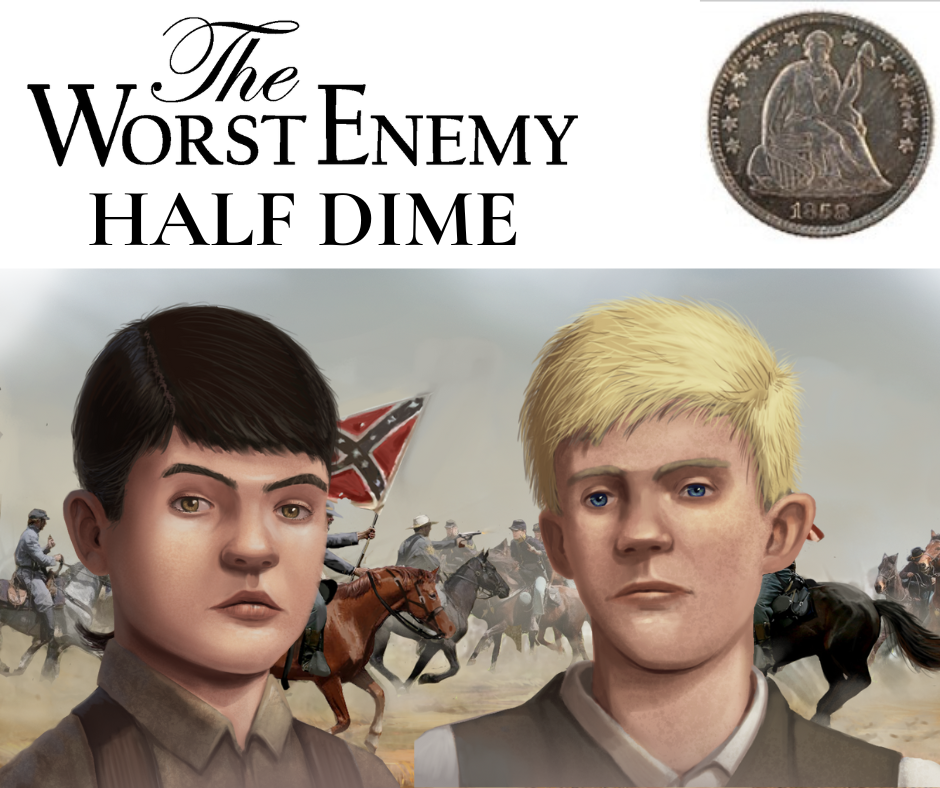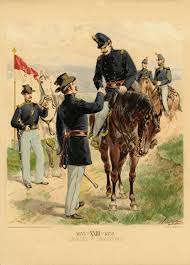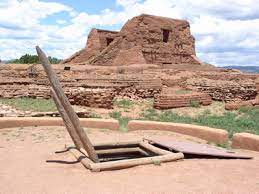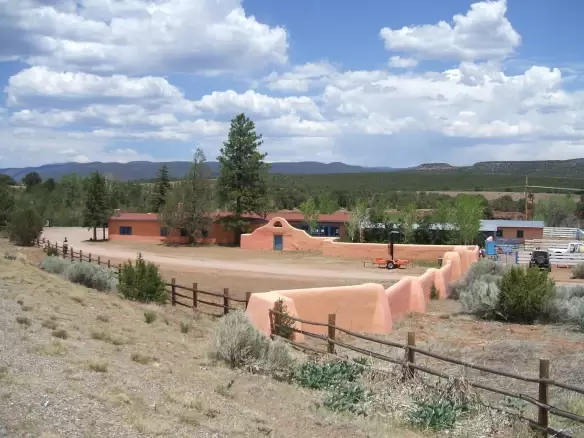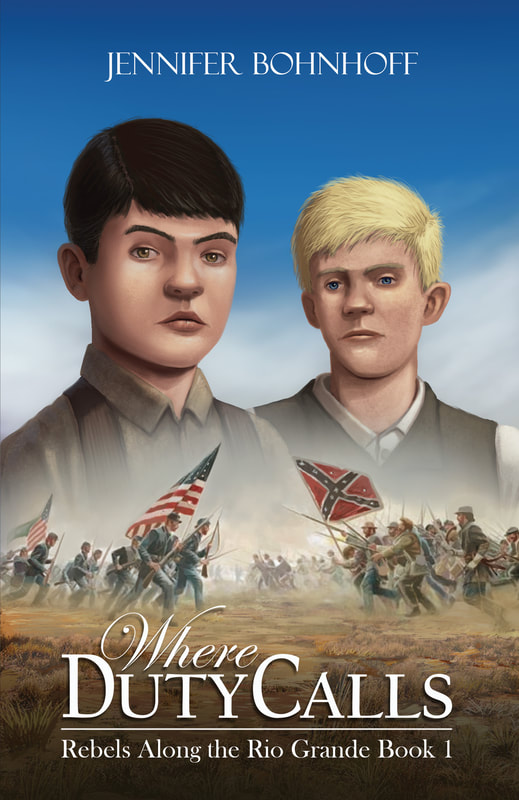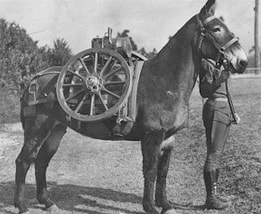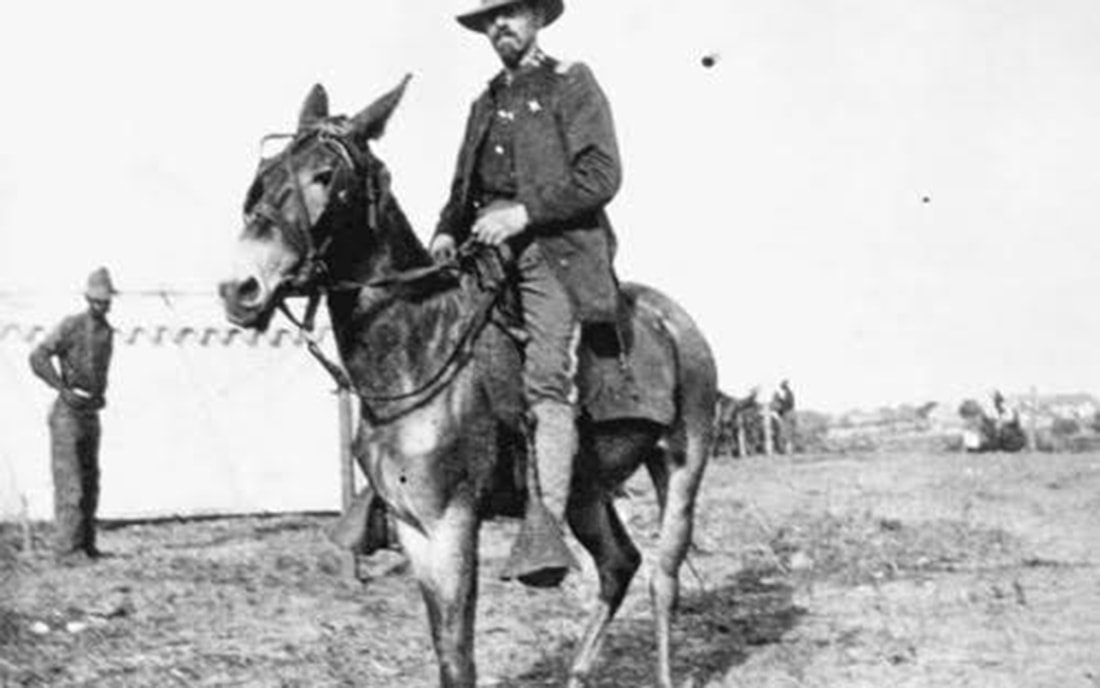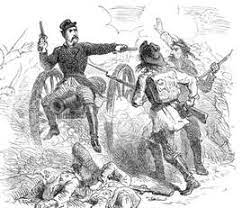
But most of us still recognize coins. Pennies and dimes haven’t changed much in the past few years. The nickel got a bit of an update, with a larger, half forward facing Thomas Jefferson replacing the old side view. Quarters frequently change, with women and states replacing the eagle. Even with these changes of design, most Americans over the age of five can identify their country’s coinage.
America had some coins in the past that are no longer minted. The half dime is one of them.

In the 1860s, the use of nickel to replace silver in coinage became a popular lobbying point. In 1865m tge treasury became producing a new three cent coin made out of a copper-nickel alloy. The following year, a five cent pieces was added to American coinage. This new coin was larger than the silver half dime and less easily lost, making it the more popular of the two redundant coins. The half dime was discontinued in 1873.

The Worst Enemy, is book 2 of Rebels Along the Rio Grande, her middle grade trilogy set in New Mexico during the Civil War. It is scheduled for release by Kinkajou Press, a division of Artemesia Publishing, on August 15, 2023 but can be preordered on Bookshop.

Book three, tentatively titled The Famished Country, will be published in spring of 2024.
